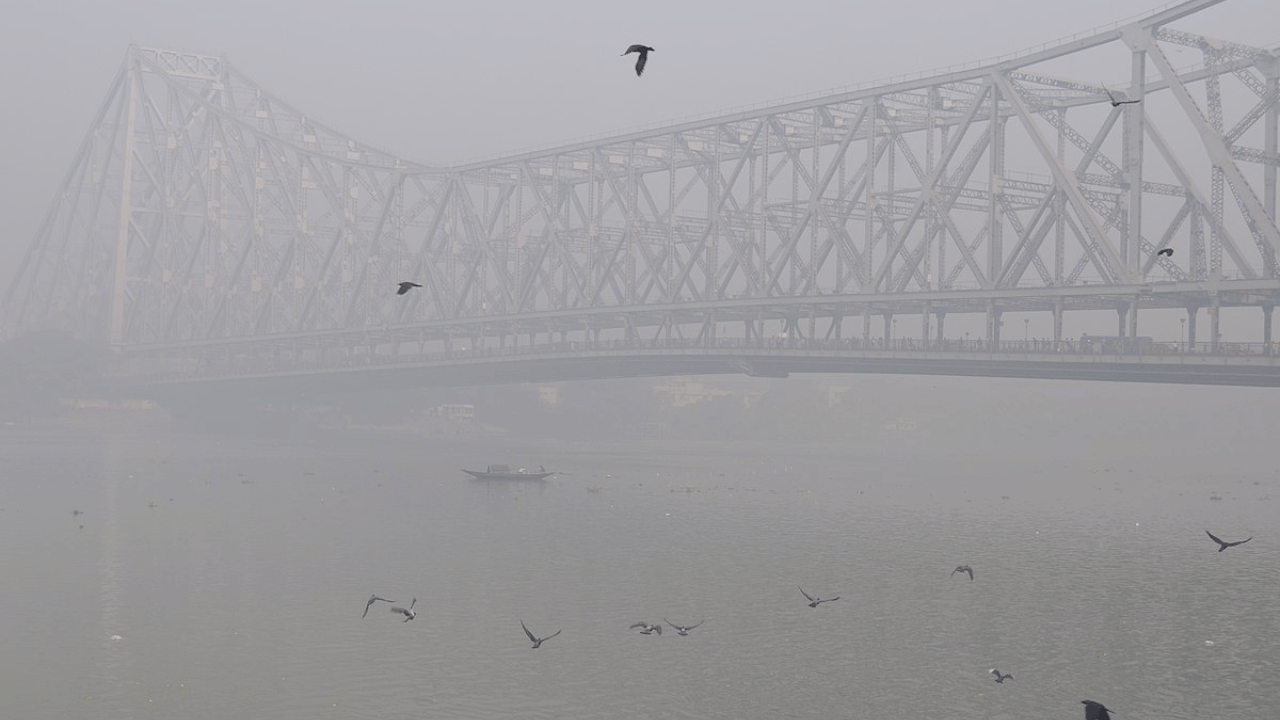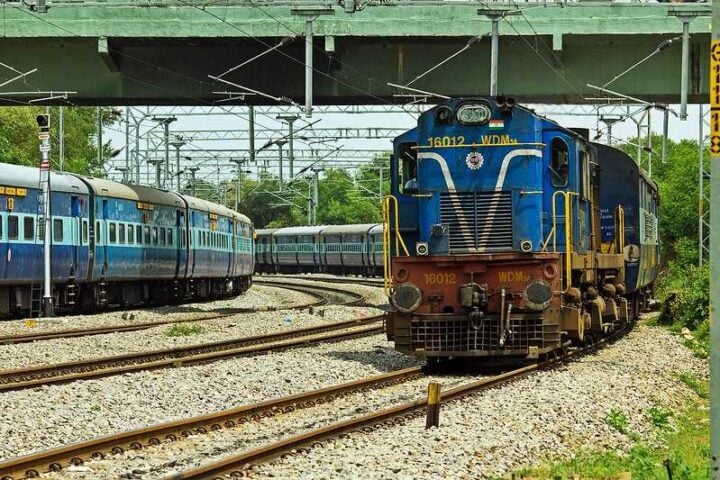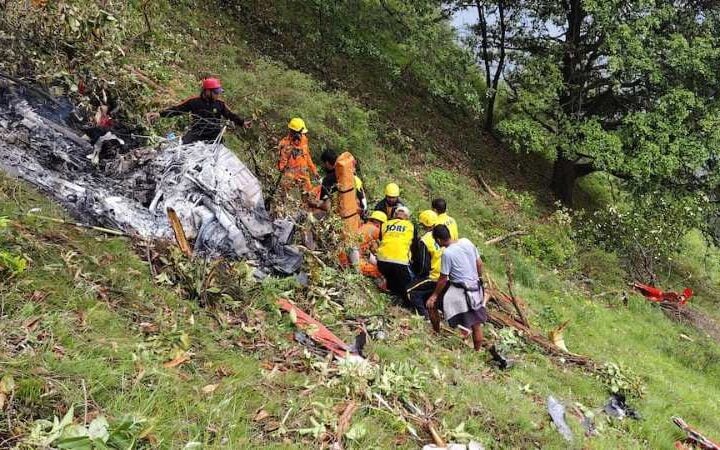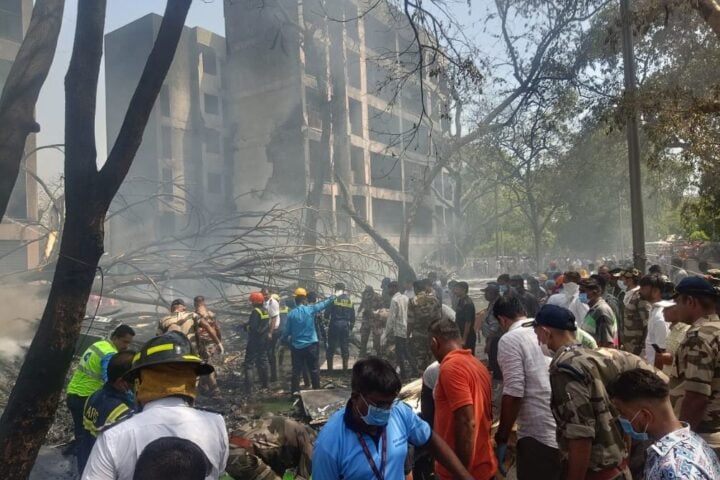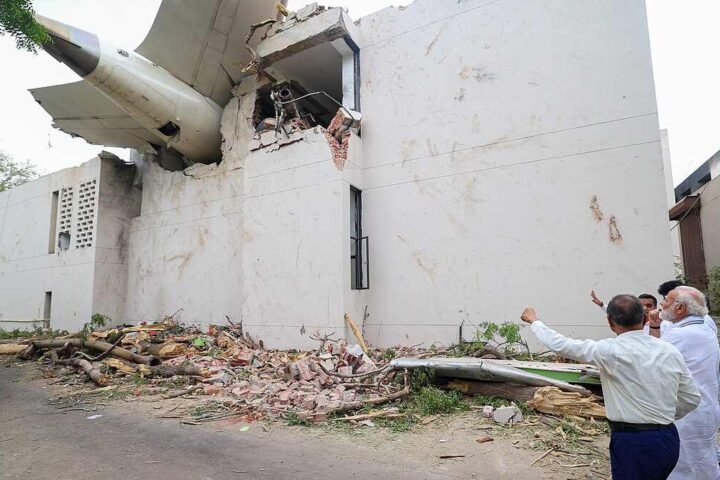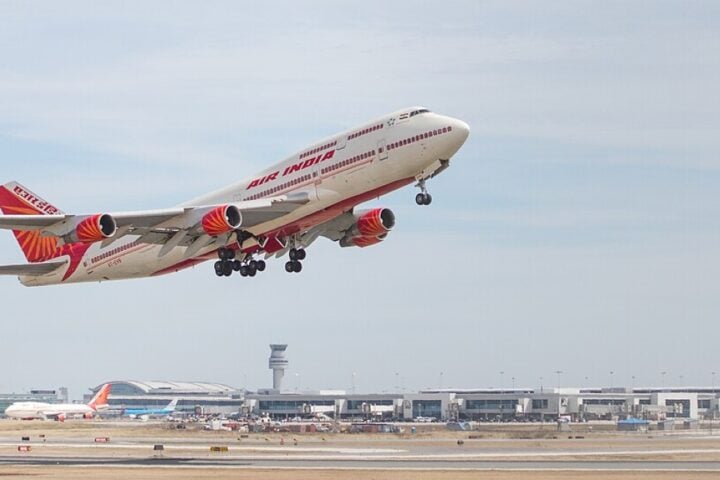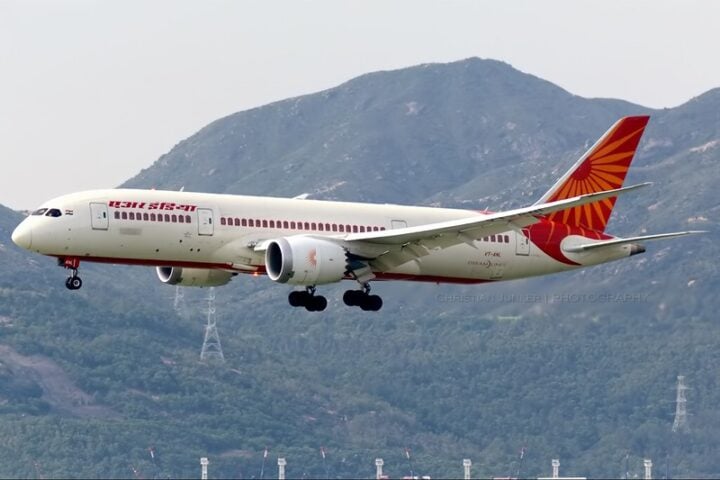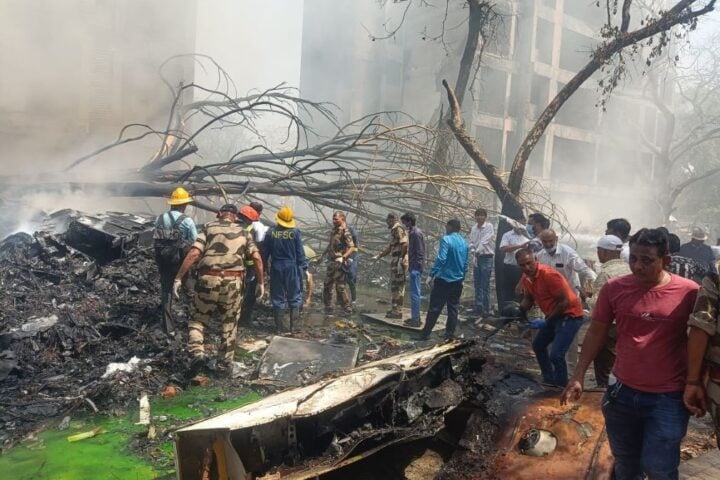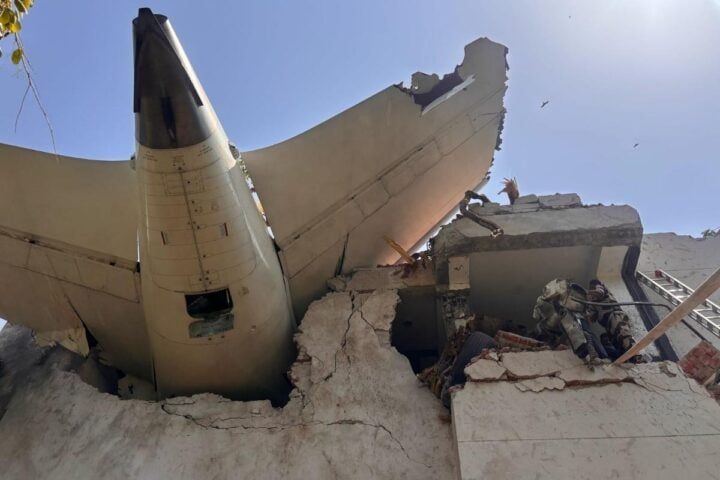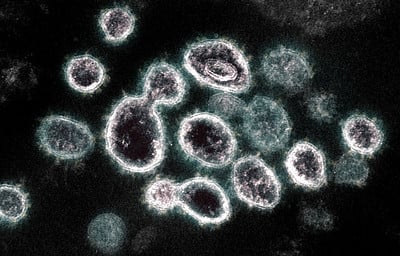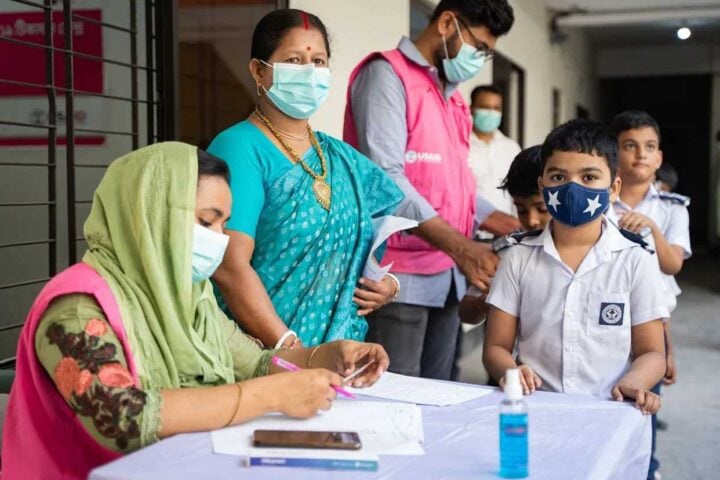Kolkata, the seventh-largest city in India, is currently dealing with an acute problem of air pollution. India’s Central Pollution Control Board has consistently rated the city’s air quality as “poor” to “dangerous.” The air pollution situation in Kolkata is one of the worst in India and the world. According to the World Air Quality Index (WAQI), Kolkata’s annual average PM2.5 levels in 2022 were 84 micrograms per cubic meter (µg/m³), which is more than three times the World Health Organisation’s safety limit of 25 µg/m³.
This means that air quality is harmful to the entire population. People with respiratory diseases or heart diseases can have more serious health problems. The main sources of air pollution in Kolkata are vehicular emissions, industrial pollution, and dust from construction sites. Emissions are a major source of air pollution, as Kolkata has a growing fleet of vehicles. Industrial pollution is also an important problem, as is dust from construction sites, including steel mills, cement plants, and power plants, making it another major air pollutant in the rapidly growing city.
The death toll is no less concerning when it comes to air pollution. According to a 2019 study by the World Bank, an estimated 13,000 people die from air pollution in Kolkata every year. These alarming statistics reveal a grim reality. A recent study conducted by the Indian Institute of Technology Kharagpur titled “Air Quality Trends in Rural India: Analysis of NO2 Pollution using Satellite Measurements,” highlights that rural sources account for 41% of the overall NO2 pollution in India, of which 45% and 40% are from transportation and power sectors, respectively. The analyses for the rural regions show distinct seasonal changes with the highest value (2.0 1015 molecules per cm²) in winter and the lowest in monsoon (1.5 1015 molecules per cm²) seasons.
Air pollution also has a negative impact on the environment. It destroys local ecosystems, harms wildlife, and reduces crop yields. Air pollution can also cause acid rain, which can damage buildings and other structures.
The Government of India and the Kolkata Municipal Corporation have taken steps to curb air pollution. These measures include implementing stricter standards for vehicle emissions, promoting public transport, and planting trees. The government has imposed stringent emission norms for vehicles in Kolkata in line with Stage VI (BS-VI) emission norms in India, the most stringent in the country. Kolkata has undertaken several public awareness campaigns to educate the public about the dangers of air pollution and encourage them to reduce exposure.
The Kolkata Clean Air Campaign was a joint initiative between the Government of India and the Kolkata Municipal Corporation. It aimed at raising awareness about air pollution and its health effects, and promoting sustainable modes of transportation. The campaign for air pollution was organized by the non-profit organization West Bengal Pollution Control Board and aimed to educate the public on the types of air pollutants, their effects, and health implications. ‘Clean Air for Kolkata’, a new campaign organized by a group of local organizations and NGOs, aims to advocate for government initiatives to improve air quality and promote sustainable transport modes.
Similar Posts
A local NGO named ‘Eternal Bliss’ started from the very ground level to deal with air pollution. Their main initiative, named ‘Planting 1 Lakh Mangroves in the Sundarbans’, is a gigantic mission of its own. Rick Sarkar, one of the members of the organization, said, “Climate change is real, and our mission is to plant 100,000 mangroves in the Sundarbans region to not only tackle air pollution but also safeguard our natural ecosystem and act as a barrier in dealing with cyclones.” He also encouraged the younger generation to come forward and take action to reuse, reduce, and recycle.
However, more needs to be done to tackle the problem of air pollution in Kolkata. Public awareness of air pollution and its health effects is important. This can be achieved through public education campaigns, social media outreach, and events. It is also important to encourage people to reduce their air pollution, such as avoiding outdoor activities during periods of poor air quality and wearing a mask when outdoors.
Kolkata’s battle against air pollution requires a collective effort from government bodies, industries, and the community. Continued vigilance, stringent policy implementation, technological innovation, and shared responsibility are essential to ensure a healthier, sustainable future for the city.
I vehemently remember my first time in the city of Kolkata, seeking higher education. Excited for a new beginning, I stepped off the train only to be hit by discomfort and difficulty in breathing. Being from the hills, this was a new experience for me, leaving me with clogged lungs amidst a city filled with over 14 million people.
Yangchula Bhutia
